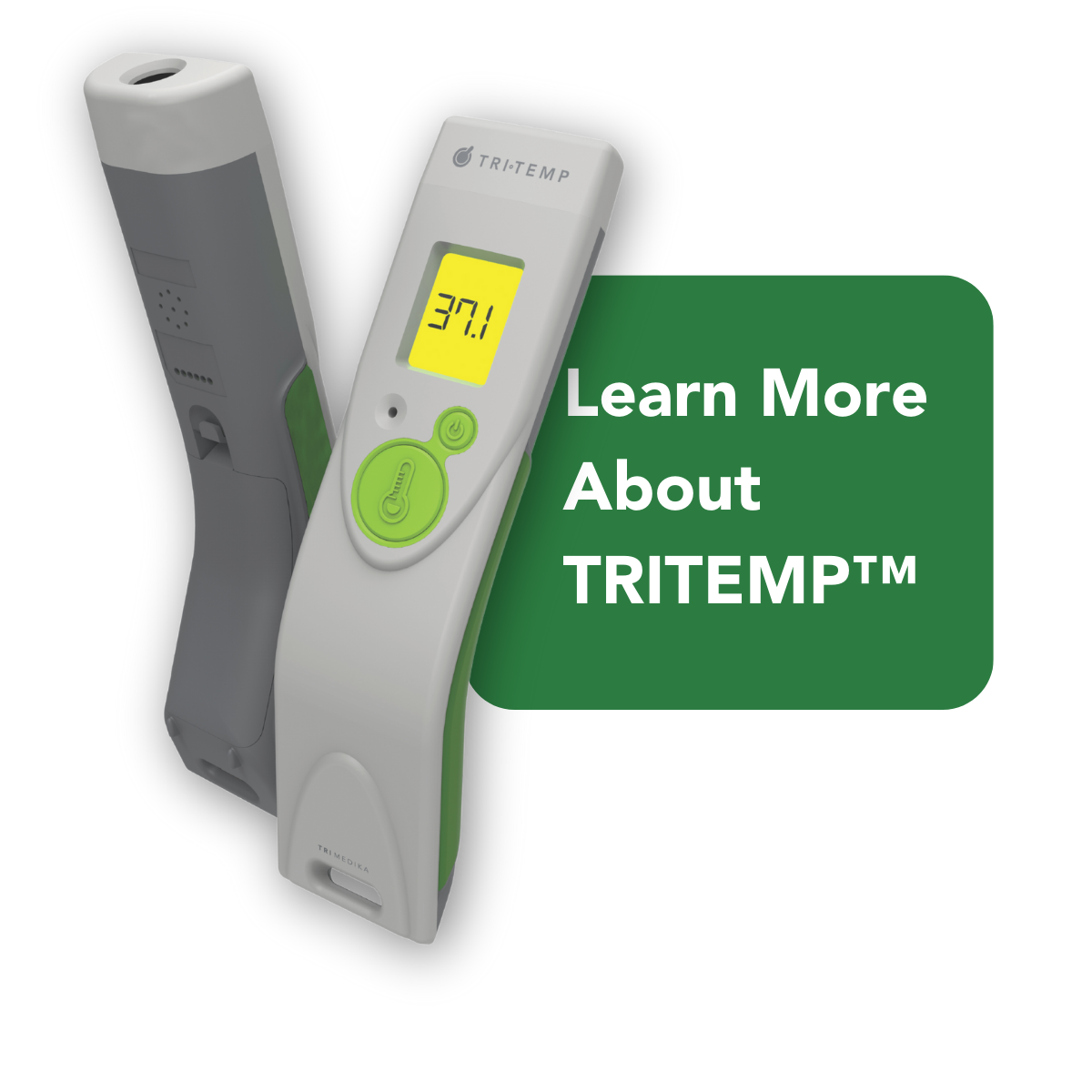Which Thermometer Types are Best?
What Makes Different Thermometer Types Medically Graded?
Not all thermometers types are designed for medical or clinical use, and choosing the right one is crucial for accurate and reliable readings. A medically graded thermometer must meet strict certification standards to ensure accuracy, reliability, and safety. These certifications are essential for healthcare professionals who rely on precise temperature readings to make informed medical decisions.
In the European Union, medical thermometers must carry the CE marking under EU Directive 93/42/EC. This certification confirms that the device complies with essential health, safety, and environmental regulations, ensuring its reliability in medical settings.
Additionally, digital thermometers intended for clinical use must adhere to the ASTM E1965-98(2016) standard, which mandates an accuracy tolerance of +/-0.2°C. Compliance with these regulations guarantees that the thermometer provides dependable readings, making it suitable for hospitals, clinics, and other healthcare environments.
Understanding the different thermometer types and their certifications is crucial when selecting a device for medical use. Ensuring a thermometer meets these rigorous standards is the key to maintaining accuracy and patient safety in any clinical setting.

Different Thermometer Types
There are many different thermometer types, which can be categorized into retail and clinical thermometers.
Retail thermometers are widely available through shops, pharmacies, and online retailers. Since the COVID-19 pandemic, there has been a rise in the sale of retail thermometers for screening purposes. However, retail thermometers were not designed for healthcare diagnoses.
The MHRA has warned against the use of retail thermometers in medical settings. This is because they do not offer the same level of accuracy as medically graded thermometers.
Understanding the different thermometer types and their certifications is crucial when selecting a device for medical use. Ensuring a thermometer meets these rigorous standards is the key to maintaining accuracy and patient safety in any clinical setting.
Types of Clinical Thermometers
Clinical thermometers can be further sub-divided into contact and non-contact thermometers. Some of the most common types are outlined below.
Contact Thermometers
Tympanic Thermometer
Tympanic thermometers capture infrared energy emitted from the ear canal and convert this into body temperature. Once positioned in the ear, tympanic thermometers take approximately one minute per reading.
Due to the infection risks involved with contact with the patient, a plastic probe cover must be changed on the tympanic thermometer after each use.
They can be uncomfortable for patients due to their invasive nature, especially when the patient is asleep. Tympanic devices are not suitable for children under 2 years old.
Furthermore, there can be difficulty obtaining accurate core body measurements from tympanic devices as obstacles such as hair or wax are not easily identifiable or removable. And yet, tympanic thermometers are still widely used in hospitals.
Axilla Thermometer
Another common method of temperature measurement is the axilla, which takes the patient’s temperature from the armpit. The probe of the thermometer is placed under the arm and held in position for between 1 to 4 minutes depending on the device. This method of temperature measurement is commonly used for children and small babies.
This is another invasive method that can be uncomfortable for some patients. This is true in NICU wards where the baby needs to be undressed regularly to take a reading. Baby’s temperature is of paramount importance to recovery and therefore undressing the baby is not ideal. Studies in preterm babies have shown that with each 1°C drop in temperature there is a 28% increase in mortality rate1.
This method is very time consuming given the length of time to take a reading and therefore not ideal for the busy hospital ward. This method also requires probe covers.
Rectal Thermometer
Although this method has been decreasing in its use, some clinicians still recommend its use for newborns or young children as it is seen as the gold-standard for accuracy of core body temperature.
This method is not popular for the obvious discomfort it causes the patient. This method also poses a significant infection risk and should never be used on patients who have a low or weakened immune system.
Non-Contact Thermometers
Non-Contact Infrared Thermometer
Medically graded non-contact infrared thermometers are the future of thermometry. Given that around 80% of infection is spread through contact2, these types of thermometers protect against infection as they don’t touch the patient.
This alleviates the need for the single-use plastic probe covers used by contact thermometers – so non-contacts are better for the environment, but more importantly they save nurse’s time. The TRITEMP™ provides an accurate core body temperature reading in a matter of seconds using the simple TAP & TAKE technique.
Non-contact infrared thermometers such as TRITEMP™ are suitable for all age groups and do not disturb the patient. Therefore, the patient comfort benefits are clear.
FAQ’s
Temperature measurement is included as part of vital signs monitoring and is an essential tool in the diagnosis of a wide range of healthcare actions.
Taking readings in seconds, the TRITEMP™ non-contact thermometer is the thermometer of choice in many neonatal wards across the world. TRITEMP™ takes temperature without having to cause discomfort by undressing or moving the baby. No need to touch the baby, ensuring infection spread is minimal.

